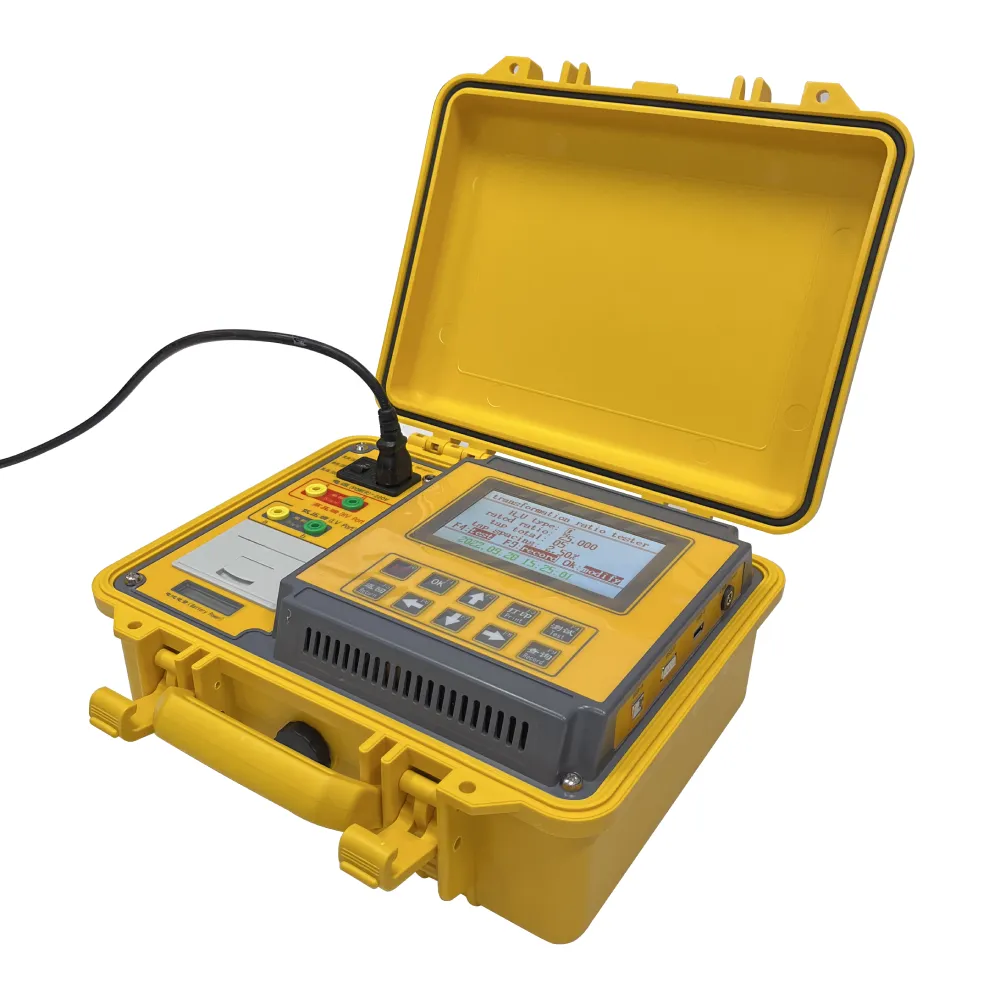TEL:
+86-0312-3189593
 English
English

Telephone:0312-3189593

Email:sales@oil-tester.com

-
 Afrikaans
Afrikaans -
 Albanian
Albanian -
 Amharic
Amharic -
 Arabic
Arabic -
 Armenian
Armenian -
 Azerbaijani
Azerbaijani -
 Basque
Basque -
 Belarusian
Belarusian -
 Bengali
Bengali -
 Bosnian
Bosnian -
 Bulgarian
Bulgarian -
 Catalan
Catalan -
 Cebuano
Cebuano -
 China
China -
 China (Taiwan)
China (Taiwan) -
 Corsican
Corsican -
 Croatian
Croatian -
 Czech
Czech -
 Danish
Danish -
 Dutch
Dutch -
 English
English -
 Esperanto
Esperanto -
 Estonian
Estonian -
 Finnish
Finnish -
 French
French -
 Frisian
Frisian -
 Galician
Galician -
 Georgian
Georgian -
 German
German -
 Greek
Greek -
 Gujarati
Gujarati -
 Haitian Creole
Haitian Creole -
 hausa
hausa -
 hawaiian
hawaiian -
 Hebrew
Hebrew -
 Hindi
Hindi -
 Miao
Miao -
 Hungarian
Hungarian -
 Icelandic
Icelandic -
 igbo
igbo -
 Indonesian
Indonesian -
 irish
irish -
 Italian
Italian -
 Japanese
Japanese -
 Javanese
Javanese -
 Kannada
Kannada -
 kazakh
kazakh -
 Khmer
Khmer -
 Rwandese
Rwandese -
 Korean
Korean -
 Kurdish
Kurdish -
 Kyrgyz
Kyrgyz -
 Lao
Lao -
 Latin
Latin -
 Latvian
Latvian -
 Lithuanian
Lithuanian -
 Luxembourgish
Luxembourgish -
 Macedonian
Macedonian -
 Malgashi
Malgashi -
 Malay
Malay -
 Malayalam
Malayalam -
 Maltese
Maltese -
 Maori
Maori -
 Marathi
Marathi -
 Mongolian
Mongolian -
 Myanmar
Myanmar -
 Nepali
Nepali -
 Norwegian
Norwegian -
 Norwegian
Norwegian -
 Occitan
Occitan -
 Pashto
Pashto -
 Persian
Persian -
 Polish
Polish -
 Portuguese
Portuguese -
 Punjabi
Punjabi -
 Romanian
Romanian -
 Russian
Russian -
 Samoan
Samoan -
 Scottish Gaelic
Scottish Gaelic -
 Serbian
Serbian -
 Sesotho
Sesotho -
 Shona
Shona -
 Sindhi
Sindhi -
 Sinhala
Sinhala -
 Slovak
Slovak -
 Slovenian
Slovenian -
 Somali
Somali -
 Spanish
Spanish -
 Sundanese
Sundanese -
 Swahili
Swahili -
 Swedish
Swedish -
 Tagalog
Tagalog -
 Tajik
Tajik -
 Tamil
Tamil -
 Tatar
Tatar -
 Telugu
Telugu -
 Thai
Thai -
 Turkish
Turkish -
 Turkmen
Turkmen -
 Ukrainian
Ukrainian -
 Urdu
Urdu -
 Uighur
Uighur -
 Uzbek
Uzbek -
 Vietnamese
Vietnamese -
 Welsh
Welsh -
 Bantu
Bantu -
 Yiddish
Yiddish -
 Yoruba
Yoruba -
 Zulu
Zulu
កុម្ភៈ . 05, 2025 02:46
Back to list
flash point testing lab
During the testing phase of a transformer, a meticulous and thorough approach is crucial to ensure its optimal performance and safety when deployed in real-world applications. Drawing from extensive experience in testing transformers, this article delves into the key aspects of transformer testing that contribute to robust operational assurance, covering both the technical expertise involved and the authoritative practices that build trustworthiness in the product.
Thermal performance testing ensures the transformer can operate within safe temperature limits, preventing overheating and subsequent insulation damage. By simulating maximum operating conditions and monitoring the rise in temperature, engineers can validate the thermal design and confirm that the cooling systems are sufficient. This is crucial for transformers intended for high-demand applications where thermal stability and dissipation effectiveness are pivotal for continuous operation. Furthermore, fault-tolerance testing is a significant part of the assessment process, examining how well a transformer handles sudden faults or abnormal operating conditions. Short-circuit tests, for example, help gauge the mechanical and thermal robustness of a transformer against unforeseen faults. This aspect of testing underscores the importance of a solid design and plays into the product's long-term reliability, which is a mark of trustworthiness in high-stakes applications. Considerations for environmental impact are becoming increasingly important in transformer testing. This includes evaluating the transformer’s efficiency and emissions during operation, which align with sustainability goals and regulatory standards. By ensuring that transformers meet these environmental benchmarks, manufacturers not only demonstrate a commitment to responsible production but also align with broader ecological objectives, further enhancing the product's market reputation. The testing phase concludes with a meticulous review and analysis of all data collected during the process. Through expert evaluation of these results, engineers can make informed decisions about the readiness of the transformer for production and deployment. This comprehensive understanding facilitates continuous improvement, as feedback is utilized to refine designs and enhance performance, embodying the principle of expertise-driven product development. In conclusion, transformer testing is a rigorous procedure that demands a blend of experience, technical proficiency, and a commitment to quality assurance. By thoroughly evaluating all aspects of transformer performance, manufacturers can deliver products that not only meet but exceed industry standards, establishing their position as authoritative figures in the power systems domain. This dedication to excellence assures customers of the transformer's reliability and longevity, fostering trust through proven performance and meticulous attention to detail.


Thermal performance testing ensures the transformer can operate within safe temperature limits, preventing overheating and subsequent insulation damage. By simulating maximum operating conditions and monitoring the rise in temperature, engineers can validate the thermal design and confirm that the cooling systems are sufficient. This is crucial for transformers intended for high-demand applications where thermal stability and dissipation effectiveness are pivotal for continuous operation. Furthermore, fault-tolerance testing is a significant part of the assessment process, examining how well a transformer handles sudden faults or abnormal operating conditions. Short-circuit tests, for example, help gauge the mechanical and thermal robustness of a transformer against unforeseen faults. This aspect of testing underscores the importance of a solid design and plays into the product's long-term reliability, which is a mark of trustworthiness in high-stakes applications. Considerations for environmental impact are becoming increasingly important in transformer testing. This includes evaluating the transformer’s efficiency and emissions during operation, which align with sustainability goals and regulatory standards. By ensuring that transformers meet these environmental benchmarks, manufacturers not only demonstrate a commitment to responsible production but also align with broader ecological objectives, further enhancing the product's market reputation. The testing phase concludes with a meticulous review and analysis of all data collected during the process. Through expert evaluation of these results, engineers can make informed decisions about the readiness of the transformer for production and deployment. This comprehensive understanding facilitates continuous improvement, as feedback is utilized to refine designs and enhance performance, embodying the principle of expertise-driven product development. In conclusion, transformer testing is a rigorous procedure that demands a blend of experience, technical proficiency, and a commitment to quality assurance. By thoroughly evaluating all aspects of transformer performance, manufacturers can deliver products that not only meet but exceed industry standards, establishing their position as authoritative figures in the power systems domain. This dedication to excellence assures customers of the transformer's reliability and longevity, fostering trust through proven performance and meticulous attention to detail.
Previous:
Latest news
-
Testing Equipment Industry Sees Major Advancements in 2025: Smart & Precision Technologies Lead the WayNewsJun.06,2025
-
Applications of Direct Current Generators in Renewable Energy SystemsNewsJun.05,2025
-
Hipot Tester Calibration and Accuracy GuidelinesNewsJun.05,2025
-
Digital Circuit Breaker Analyzer Features and BenefitsNewsJun.05,2025
-
Benefits of Real-Time Power Quality Monitoring Devices for Industrial EfficiencyNewsJun.05,2025
-
Earth Fault Loop Testing in High-Rise Building Electrical SystemsNewsJun.05,2025



